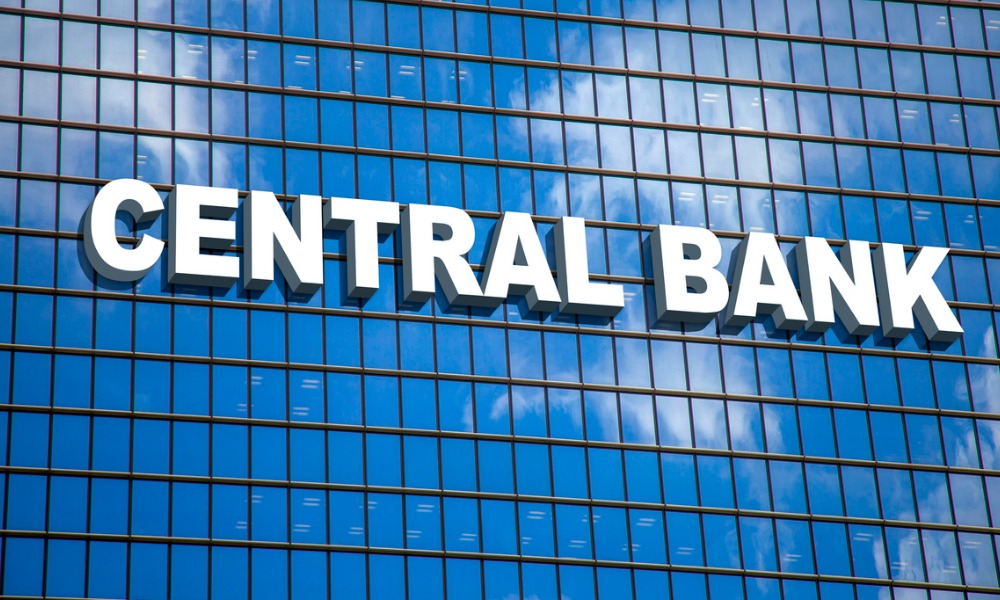The BoC has yet to provide updates about its efforts to shrink its balance sheet

The Bank of Canada is facing pressure regarding its quantitative tightening (QT) program despite silence about its plans, as reported by Bloomberg.
The central bank has recently held its key interest rate at 5% but has not given any updates regarding efforts to compress its balance sheet, even as liquidity issues caused an Overnight Repo (OR) operation early this month.
Notably, the BoC’s balance sheet grew to more than $570 billion following its purchases of huge quantities of bonds in an attempt to stabilize financial markets and suppress borrowing costs as well as help the economy during the COVID-19 pandemic. As the bonds matured, the balance sheet declined to $317 billion, which is a process called quantitative tightening.
QT allows cash to be drained from the financial system, which can remove stimulus from the economy. The central bank stated last year that it was expecting to gradually close its QT program by either late 2024 or early 2025.
“We were very surprised to not hear [Bank of Canada governor] Macklem address the strains in repo markets and the potential implications for QT,” said Taylor Schleich, a rates strategist at National Bank of Canada. “At the end of the day, they’re targeting the overnight rate and they’ve been missing their target for a number of months.”
The Canadian Overnight Repo Rate Average (Corra), the metric used to track the central bank’s target for the overnight rate, was stuck around five basis points above the BoC’s overnight rate target for most of January. This caused the central bank to conduct intervention through several repo operations.
When the Corra is not being used to track the overnight rate target, it can possibly serve as a sign that the short-term funding markets weren’t smoothly functioning as anticipated.
During the pandemic, the central bank bought government bonds that were partially funded by the creation of settlement balances, which were deposits bearing interests that were used as a means of payment in Lynx, Canada’s high-value payment system.
The Bank decreased its settlement-balance liabilities as the bonds matured and were no longer part of the asset side of its balance sheet. This led to the reduction in liquidity within financial markets, with the settlement balances shrinking to $144 billion.
While the Bank had estimated that the normal level for settlement balances was between $20 billion and $60 billion, the gap between Corra and the overnight rate suggested that the settlement balances may be becoming too scarce and that the policymakers may possibly need to stop removing them.
Macklem had explained that its balance sheet was still “some ways” from what it considered to be normal, which will only be the time it will end its QT program.
“As we’ve done every time we’ve changed policy with respect to our balance sheet, we will get out ahead of that and indicate how we would likely do that. We’re certainly not there yet,” he said.



